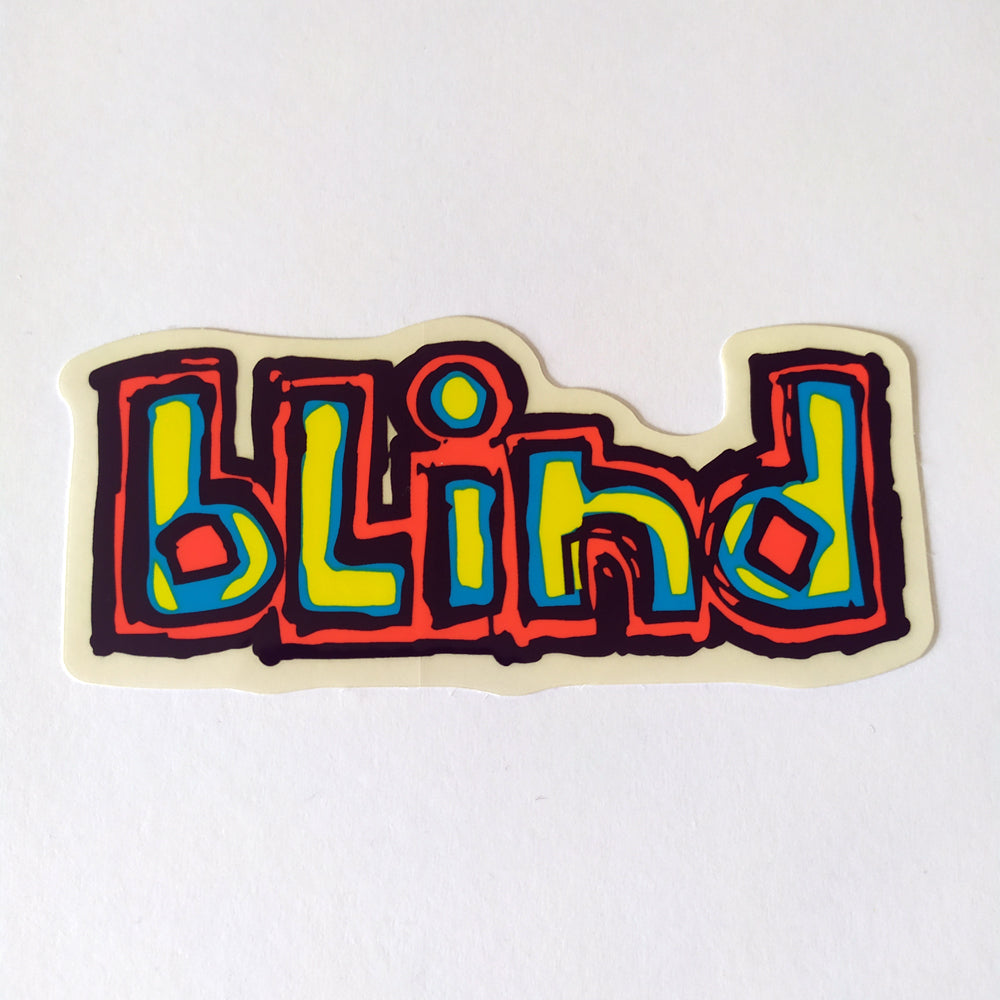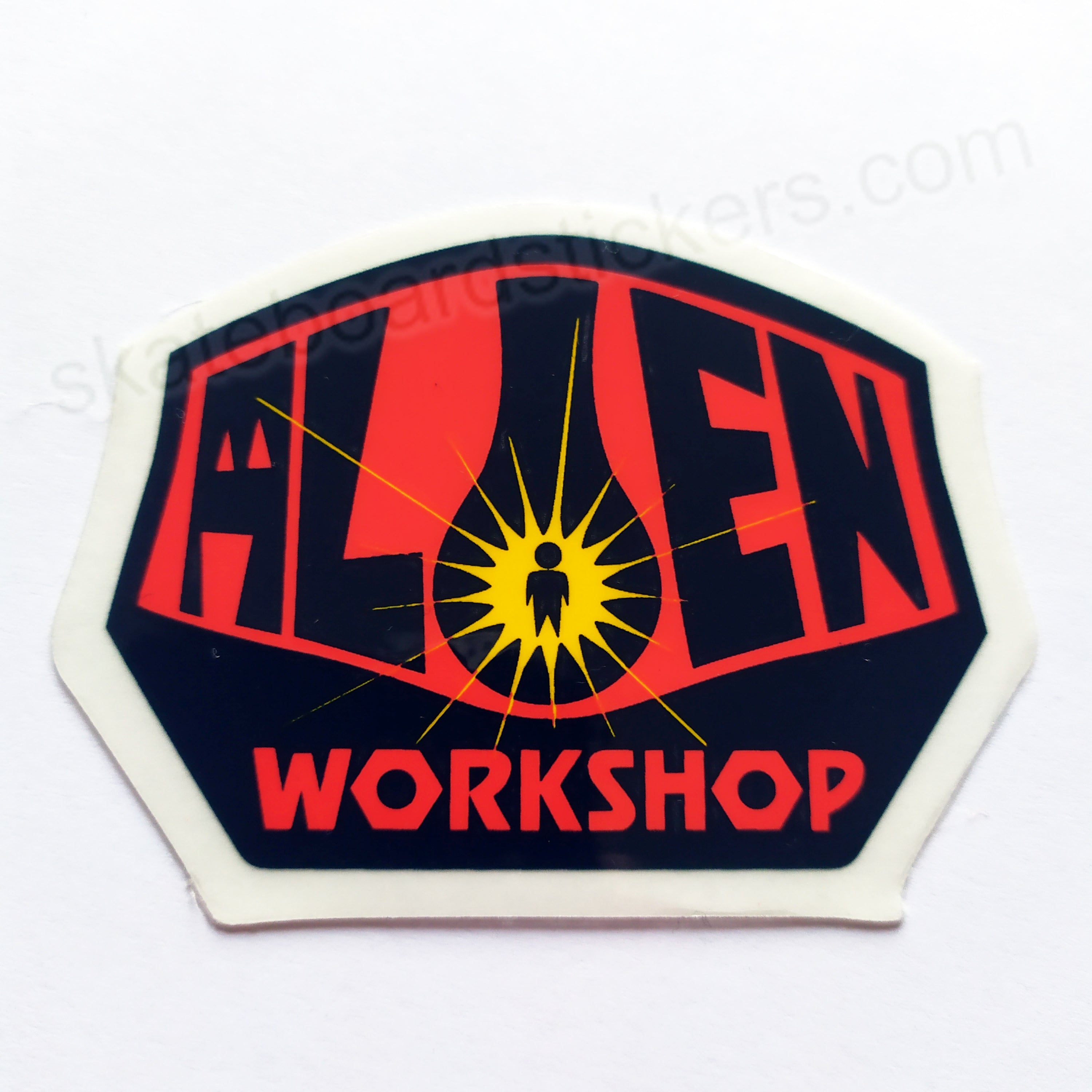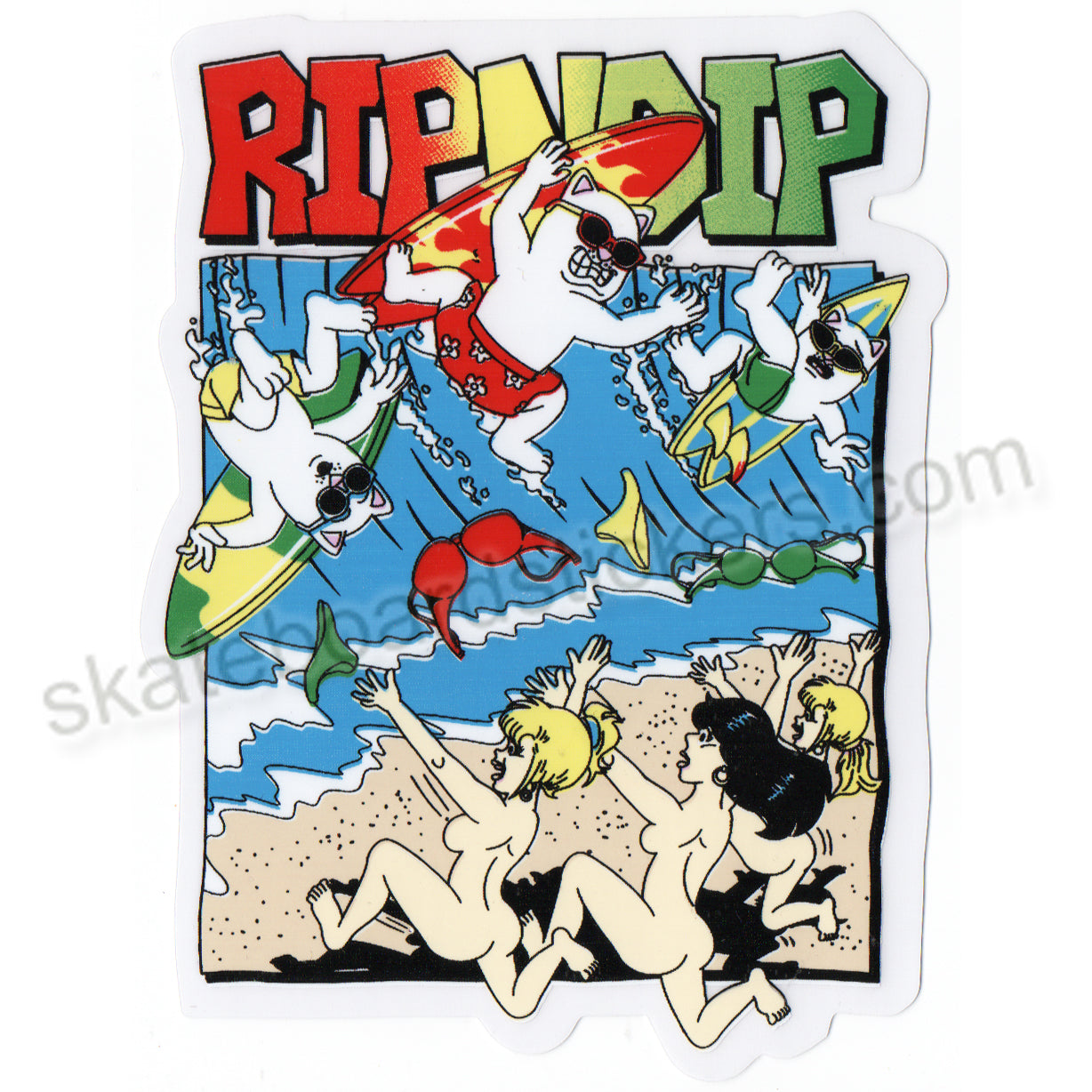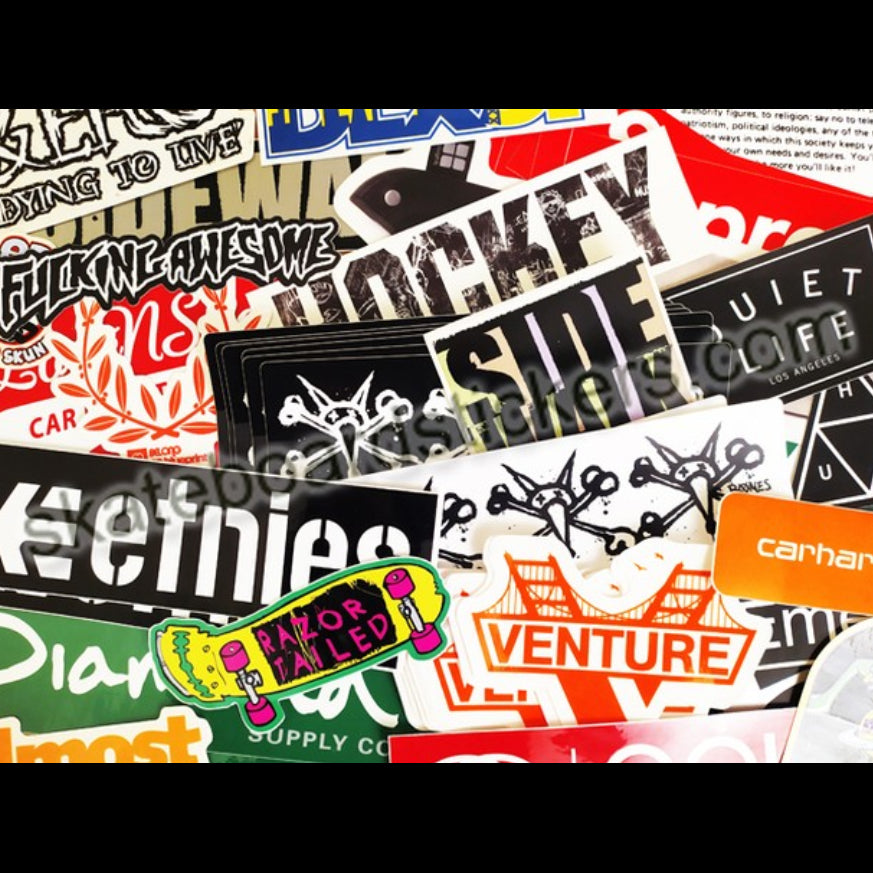- LATEST ARRIVALS
- STICKERS
- BUNDLES
- OTHER ITEMS
- Shipping
- About
- Razortailed
-
Recently viewed
You have no recently viewed items.
Your cart is empty
Looks like you haven't added anything to your cart yet
About Zorlac Skateboards
In the late 1970s and early 1980s, Zorlac was the most punk company in skateboarding. Jeff Newton started Zorlac Skateboards in Dallas in 1976. This was the same year that punk rock was becoming popular on both sides of the Atlantic, so it was a good match. Some of the best examples of Zorlac's early creepy and classic art and ads are shown in this photo essay about this Dallas icon from the punk era.
When skating became popular again in the mid-1980s after a dip in the late 1970s, Newton's Dallas company was ready to do well. He had the help of bands like the Big Boys and even Metallica, and he hired Brian Schroeder, aka "Pushead," who was the frontman of Septic Death and a music critic for Thrasher Magazine, so he was kind of a "inside man" for the brand.
Also, two of the best skaters in Texas rode for the company: Craig Johnson from Dallas and John "Tex" Gibson from Houston, who is now the owner of Embassy Skateboards.
The early business addresses for the company bounced around between Camelot Dr., Indian Trail, and S. Ervay in the Dallas area. People knew that Newton worked in a two-car garage. By the late 1980s, the company's headquarters were in San Diego, California, and it had a post office box in La Jolla, California. Just as many people in the mainstream thought punk was dead by the late 1980s, many people wondered if Zorlac had run its course. The company's last big moment may have been its Zero Hero video from 1991, before the sport was taken over by small wheels, big trousers (thanks to Fuct Jeans and others), and companies like Plan B, Real, World Industries, and Alien Workshop. (Or, depending on whom you ask, "helped it evolve.")
Zorlac was always a cult skateboard company, which was perfect for Dallas. In the 1970s and 1980s, Dallas was still a home for misfits, weirdos, JFK conspiracy theorists, and groups like the Church of the Subgenius. (It wasn't yet synonymous with yuppie transplants drawn by the real estate boom and growing telecom/technology sector, endless suburban sprawl, and "nice" cookie-cutter bedroom communities on the outskirts of the city, even though that was a big part of the cultural change that was happening in the 1980s.
Even before Pushead became Zorlac's top artist, the pictures were creepy, dark, scary, or just plain rude. A famous Zorlac shirt said, "FUCK YOU, WE'RE FROM TEXAS." The famous "Shut Up and Skate" shirt had a picture of JR "Bob" Dobbs (or someone who looked a lot like him) from the Church of the Subgenius. "Skate Tough or Go Home" was another Zorlac slogan that was printed on stickers and t-shirts that everyone had.
It's possible that Zorlac's love of all things dark and creepy made the brand too intense and/or scary for the average 80s skater, many of whom grew up in middle-class suburbs or were influenced by Michael J. Fox and his skateboarding scene in Back to the Future. Most people liked how Powell Perralta's Tony Hawk and his mostly family-friendly friends in the Bones Brigade looked and acted like a "golden boy" and "good guy." Zorlac's approach towards skateboarding was "intimidating by design," as their ads said (see below). And, except for maybe Skull Skates, Zorlac did seem to be the scariest and most antisocial skate business out there. They were the bad boys of the group, staying true to their punk roots and the counterculture spirit that had helped skateboarding through its rougher times.
By the late 1980s, Zorlac had moved to southern California, and the "Satanic Panic" movement had begun. It can't be overstated how much Tipper Gore's PMRC attacks on extreme music also led to attacks on "Satanic" images in skateboarding. Parents, who thought of skateboarding as a sport for kids, didn't like the shape of Natas Kaupas' deck or any other deck for that matter. In the 1990s, skateboarding imagery lost a lot of its underground punk zine style and took on a very clean, "corporate" look (sometimes ironically). After 1994 or so, the style often looked more like it was influenced by the growing rave and techno scenes than by metal or hardcore punk. (Check out this ad for Zorlac from the 1990s that is almost impossible to place.)
After incorporating in 1987, Newton found himself in financial trouble, owing $80.000. In return for payment of his outstanding debts, and future employment in Lambourne Industries, a deal was made, transferring the company and the Zorlac trademark over to David Brown. But at Browns company, Newton slowly went from being the face of Zorlac, to just becoming a salesperson with no imput. He left the company in 1992.
In 2002 Newton returned to the skateboard scene, and presuming the Zorlac brand is not being used anymore, he starts using it again in 2005. However, a month after Newtons first commercial sales, Brown filed an intent-to-use application for the Zorlac brand. Newton opposed Browns application, and continued to build the brand.
In 2011 it was decided that Brown had given enough evidence to prove continuous use of the Zorlac brand, and still owned the rights to it.
About Zorlac Skateboards Artist Pushead
Brian Schroeder, also known as Pushead, would often draw gruesome pictures of skeletons and dead bodies in his art. His work first became well-known in the skateboarding world when the company Zorlac started printing it on skateboard decks around 1981 and kept doing so for almost a decade. In the early 1980s, artists in the punk and thrash metal scenes took notice of his work, and later, musicians in several other styles did the same. He has made album covers, T-shirts, posters, and other items for artists like Metallica, Misfits, Travis Barker, Kool Keith, and many others. He has also made designs for the subculture of skateboarding, such as regular things for Thrasher magazine.
Zorlac Skateboards - Zero Hero Classic Skateboard Video - 1991
Zorlac Skateboards - Craig Johnson Interview
Zorlac Skateboads - Barry Abrook Interview
Zorlac Skateboards - History of Zorlac with Al Coker
100% Official/Genuine Skateboard Stickers!
101 - Ace Trucks - Alien Workshop - Almost - Andale - Antihero - Birdhouse - Blind - Bones Bearings - Bones Wheels - Chocolate - Creature - DC Shoe Co. - DGK - Doomsayers - Darkroom - Enjoi - Girl - Grizzly - Independent - Krooked - Lakai - Magenta - New Deal - OJ Wheels - Paisley Skates - Polar - Ripndip - Royal Trucks - Santa Cruz - Sour Solution - Spitfire - StrangeLove - Thank You - Theories of Atlantis - Thrasher - Welcome - WKND - Zoo York
Daily Skate Clips - Pro Skater Profiles - Skate Brand Profiles
- Choosing a selection results in a full page refresh.

























